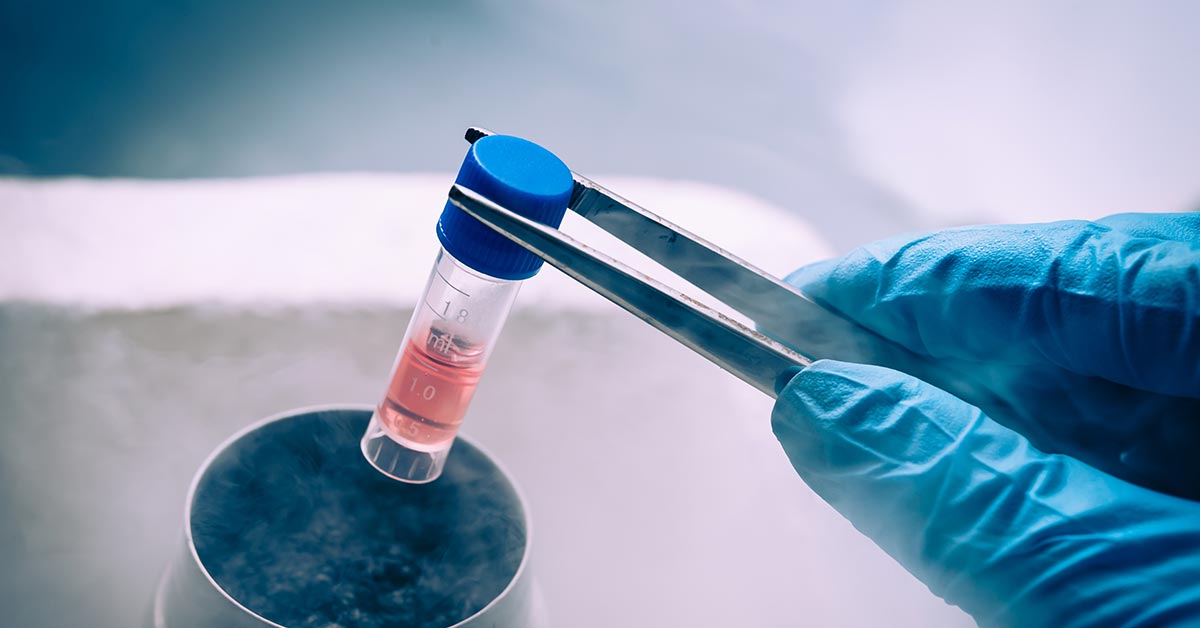To defy the challenges posed by rapidly aging populations worldwide, Asia has emerged as a dynamic hub for revolutionary stem cell research and regenerative therapies. Stem cell in Singapore and Japan have gained traction, with the two countries rising as leaders in the field of stem cell research.
In an article, Nikkei Asia’s sheds light on the remarkable efforts being made in stem cell therapies to reverse the aging process. As countries like Japan, South Korea, and Singapore undergo rapid demographic shifts toward older populations, there is a growing demand for innovative medical solutions. This demand has ignited significant investments, scientific exploration, and remarkable progress centered around the incredible potential of stem cells.
Understanding Stem Cells
At the heart of this scientific progress are stem cells. These extraordinary cells possess an exceptional ability to transform into various specialized cell types within the body. According to the article, scientific research has shown that stem cells possess unparalleled plasticity and the remarkable ability to self-renew. They can fix any human organ or tissue, and cure a lot of varying conditions, like Parkinson’s disease, diabetes, AIDS and macular degeneration.
Stem cell treatments involve introducing stem cells into the bloodstream through an IV drip or injection.
Singapore’s Role In Advancing Stem Cell Research
The article highlights the work of companies like Regenosis, a Singapore-based clinic and research center that cater to regenerative medicine and anti-aging research.
Furthermore, initiatives like Singapore’s multi-billion-dollar Biopolis, coupled with progressive bioethical regulations, have attracted a wave of scientists and investors. This influx of talent and resources has propelled the forefront of stem cell research and therapeutic breakthroughs in Singapore.
Japan’s Stem Cell Exploration
In Japan, the achievements of Nobel Prize winner Shinya Yamanaka, stands as a significant discovery in stem cell research. In the article, it was mentioned that he successfully generated pluripotent cells from adult cells — answering the question of whether “normal” mature cells could be turned back into pluripotent ones like those found in human embryos.
Confronted with the unique challenges of an aging society, Japan’s perspective has also given rise to institutions like the Star Clinic, Japan’s longest-standing stem cell therapy clinic. This pioneering establishment offers an array of regenerative treatments, with a particular focus on stem cell therapies. Its efforts cater to a population emblematic of the global phenomenon of aging.
Conclusion
The efforts made in stem cell research and regenerative therapies by Japan and Singapore may be shaping the landscape of medical innovation. As the world grapples with the challenges of aging populations, these contributions may hold the potential to revolutionise how we approach the aging process.
While advancements in stem cell research are ongoing, it’s important to acknowledge that the field is still in its exploratory stages, and rigorous scientific investigation and clinical trials may be essential to fully understand the capabilities and limitations of stem cells.
Protect against cancer, cardiovascular disease, and other chronic diseases with regular health screening. Compare and shop for health screenings from Singapore and regional healthcare providers at a single convenient platform - shop.health365.sg
This article is informative only and is not intended to be a substitute for professional medical advice, diagnosis, or treatment, and should never be relied upon for specific medical advice.






